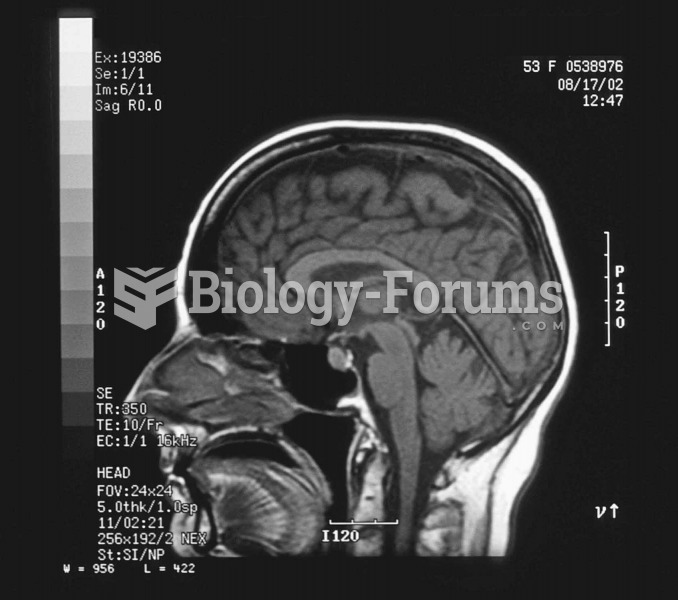This topic contains a solution. Click here to go to the answer
|
|
|
Did you know?
Hippocrates noted that blood separates into four differently colored liquids when removed from the body and examined: a pure red liquid mixed with white liquid material with a yellow-colored froth at the top and a black substance that settles underneath; he named these the four humors (for blood, phlegm, yellow bile, and black bile).
Did you know?
If you could remove all of your skin, it would weigh up to 5 pounds.
Did you know?
The first oral chemotherapy drug for colon cancer was approved by FDA in 2001.
Did you know?
It is difficult to obtain enough calcium without consuming milk or other dairy foods.
Did you know?
Medication errors are more common among seriously ill patients than with those with minor conditions.







